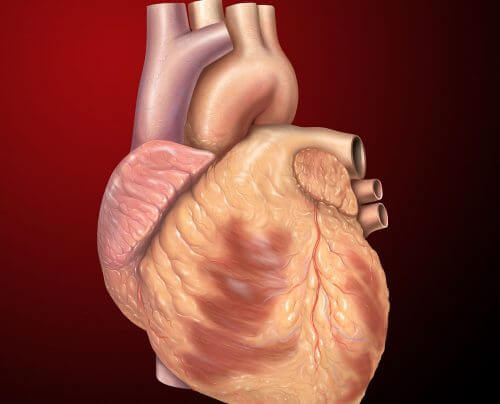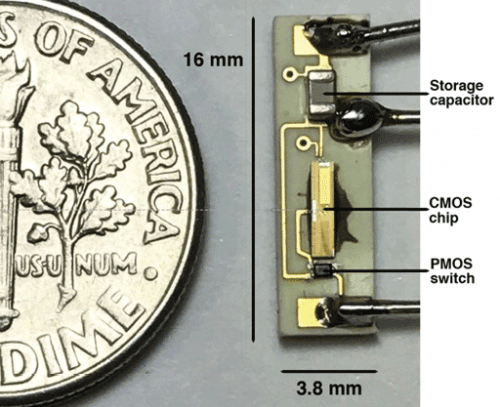Pacemakers that will be operated using microwaves without electrical conductors will avoid risks involved in the implantation of traditional pacemakers

The newest and smallest model of a pacemaker is not connected to anything - literally. A team of researchers at Rice University, from the Texas Heart Institute, and from the Baylor School of Medicine recently built a pacemaker whose energy to operate does not reach it through electrical conductors but by microwaves. This greatly simplifies battery replacement surgery and can reduce complications associated with the use of conventional pacemakers.
Pacemakers were implanted in nearly 190,000 Americans in 2009, the latest year for which data is available. Traditional pacemakers are powered by batteries that are implanted under the collarbone, from which electrical conductors are transferred through blood vessels into the heart. But "the conductors cause infections, and they are large, and cause complications", he says Aidin Babkhani from Rice University, the lead researcher in the development, who presented the product together with his colleagues at a scientific conference on microwaves held recently in Honolulu.
In April 2016, the US Food and Drug Administration (FDA) approved an earlier model of a pacemaker that did not include electrical wires. In that device, a battery and a printed circuit were squeezed into an implant the size of a pill that was attached to the inner wall of the heart, inside the right ventricle. It is the only space in the heart that has enough room for the unit. But when the battery runs out, the entire unit must be surgically replaced.

The Rice University team's pacemaker combines the battery accessibility benefits of traditional pacemakers with the wireless design of the 2016 pacemaker. The energy source for the new pacemaker is a battery that is implanted under the armpit and transmits microwaves to a receiver implanted under the heart (see figure). The capacitor stimulates the muscle contractions that cause the heart to pump blood. In relation to its tiny dimensions, the power of this device is great, says Babkhani. These chips are smaller than a small coin, and if necessary, several such chips can be implanted in the heart, in different places. The pacemaker works like a "conductor in an orchestra", he saysMehdi Razvi from the Texas Heart Institute and Baylor, who co-developed the device.
Babkhani says his colleagues successfully implanted their new pacemaker in five pigs and used it to regulate the pigs' heartbeats at different rates without any negative results in the short term. The animals were euthanized after a few hours, Razvi says, but in the fall of 2017 the group will begin conducting long-term tests on animals. Even if the implant works well, implanting it still involves an invasive procedure, he says James Chang, an echocardiographer at Beth Israel Deaconess Medical Center in Boston and a researcher at Harvard University. Chang was not involved in the development of the pacemaker, but he is eagerly awaiting the arrival of leadless pacemakers like Babkhani's in the operating room: "There is no doubt that this is the way of the future."
